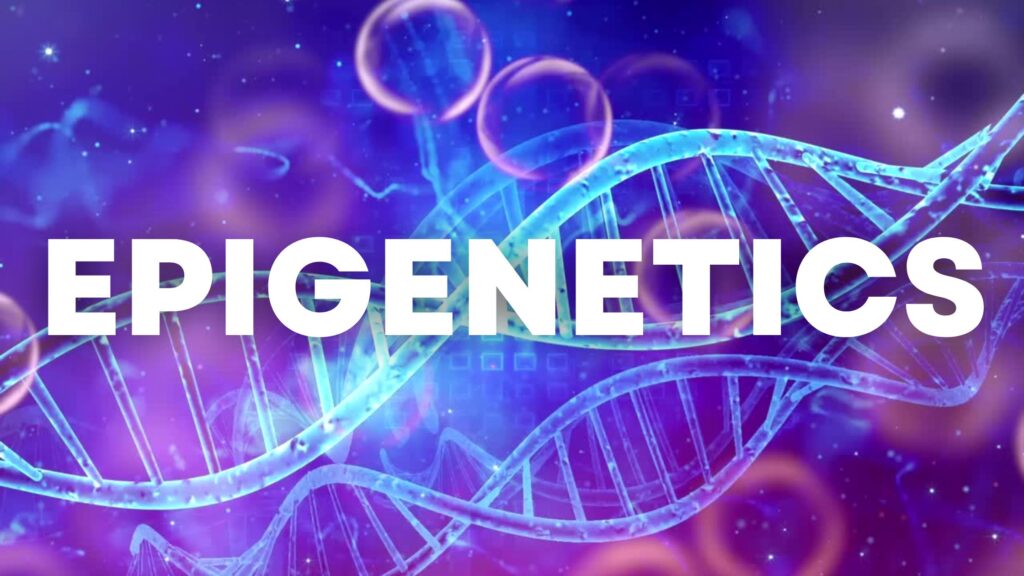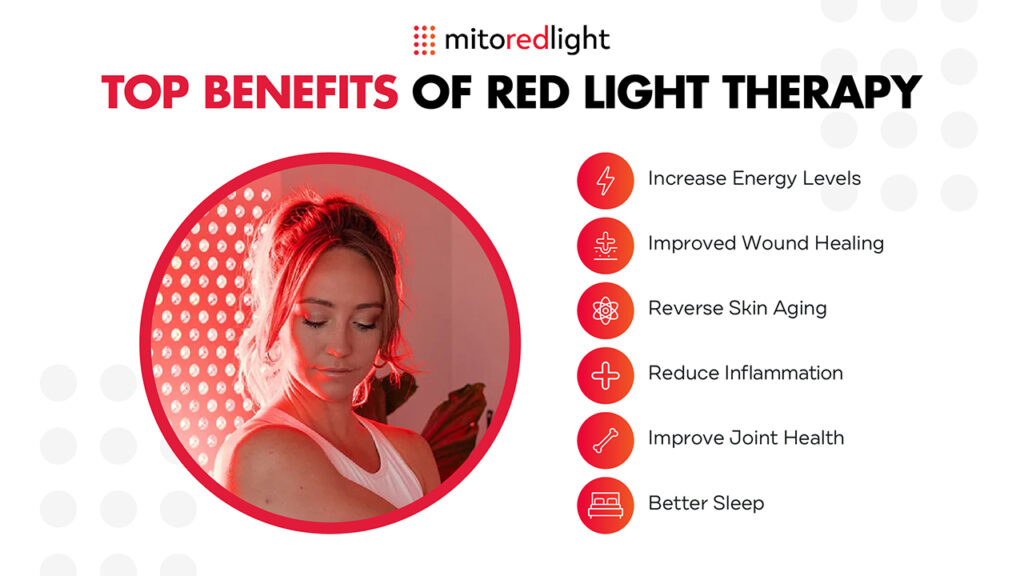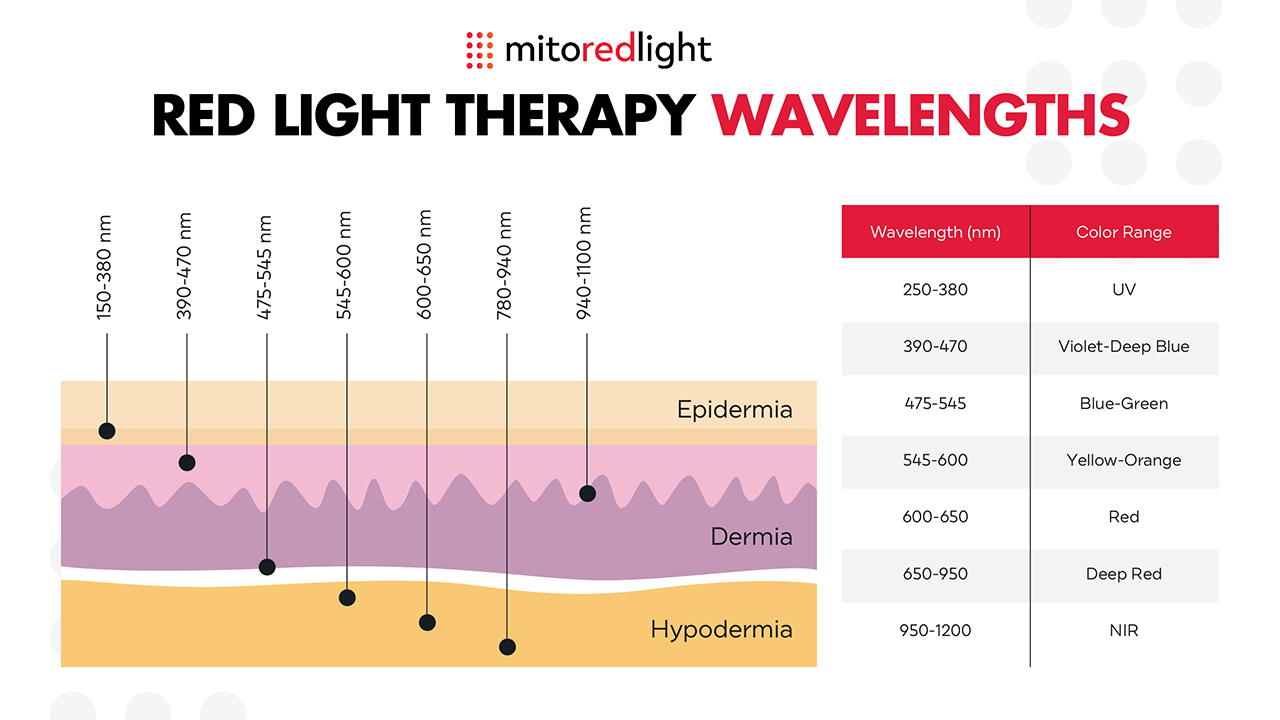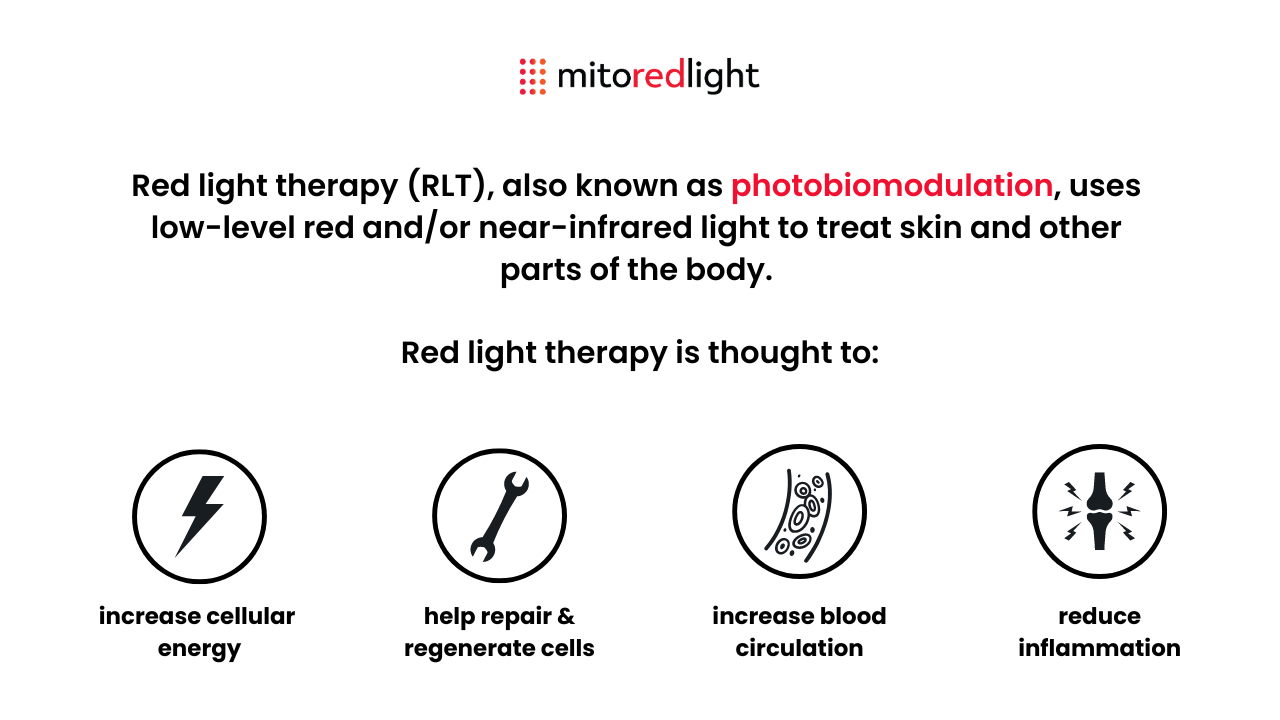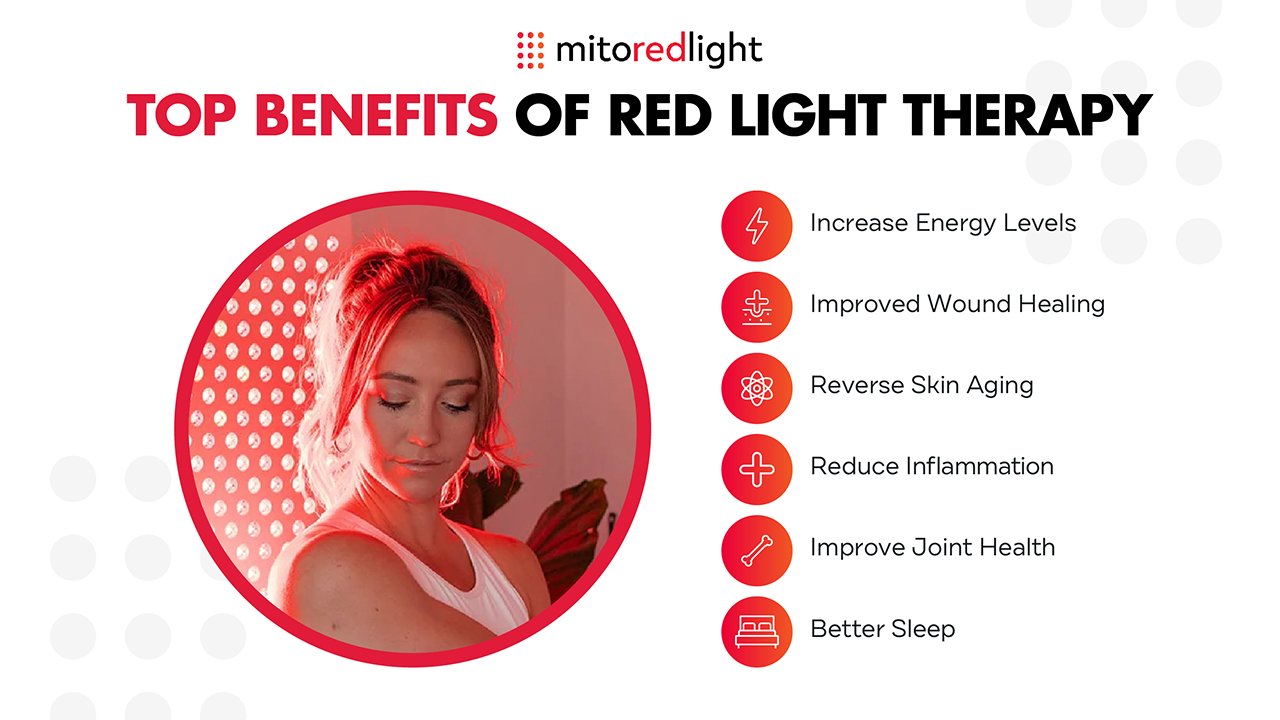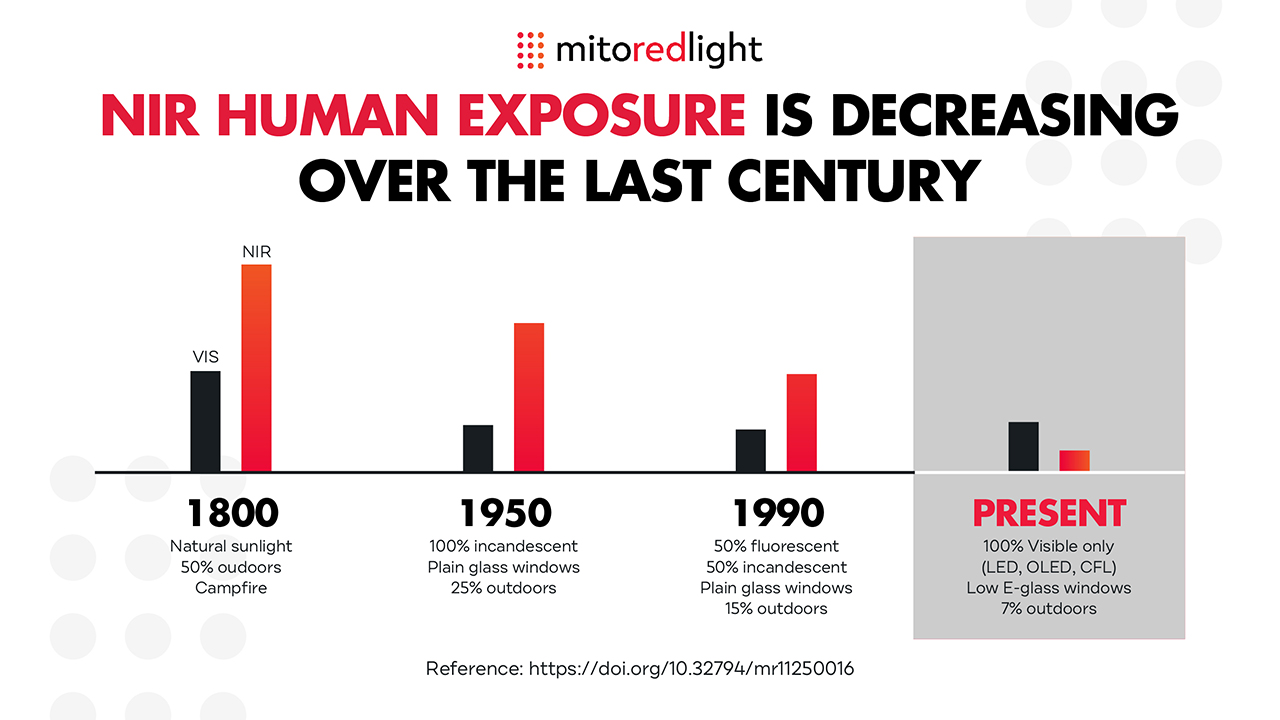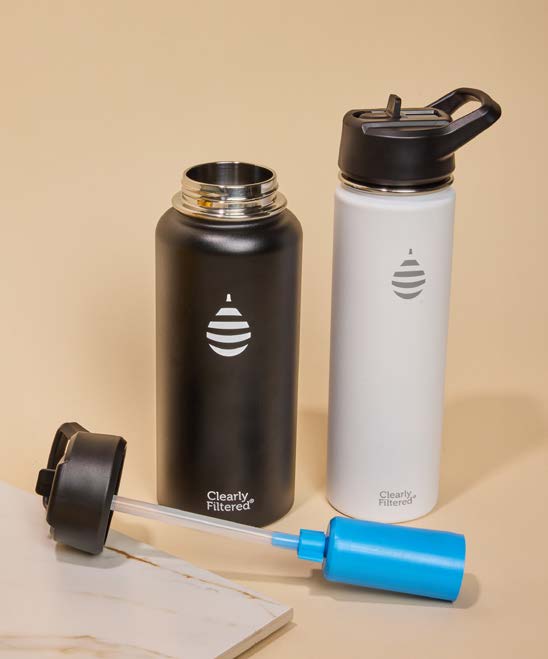Deconstruction can be a daunting word, especially when it comes to faith. But what if this process of questioning and unlearning could be a gateway to a more authentic and profound connection with God? In our latest podcast episode, Ivelisse Page sits down with psychologist, spiritual guide, and author Kristi Gaultiere to unpack the concept of faith deconstruction and how it leads to healthy reconstruction.
Kristi, co-author of Journey of the Soul: A Practical Guide to Emotional and Spiritual Growth, describes faith deconstruction as a natural, albeit challenging, part of the spiritual journey. Life’s trials, like illness, loss, or personal crises, often shake the foundational “bricks” of our beliefs. However, these moments are opportunities to rebuild a faith rooted in trust and love for Jesus.
Understanding the “Wall”
Kristi introduces the concept of “The Wall,” a stage in spiritual growth when doubt and dryness creep in. It’s not uncommon for life’s difficulties—such as a cancer diagnosis—to test even the strongest faith. While this experience can feel disorienting, Kristi emphasizes that it is also an invitation to grow.
“Deconstruction can be an opportunity to get emotionally honest with God, ourselves, and others. It’s a chance to rebuild a healthy and deeply rooted faith.” – Kristi Gaultiere
Biblical Examples of Deconstruction
Many heroes of the Bible faced their own “walls.” Moses questioned his calling, Nicodemus sought clarity about Jesus’ teachings, and Paul underwent a profound transformation on the road to Damascus. Even Jesus experienced testing in the wilderness and the Garden of Gethsemane. These stories remind us that questioning and seeking are not signs of weak faith but essential steps in spiritual growth.
How to Reconstruct Faith
Reconstructing faith after deconstruction involves tethering oneself to the truth of Christ while being open to reexamining beliefs. Kristi highlights four key anchors for this process:
1. Scripture – Rooting yourself in the Bible for guidance and truth.
2. Reason – Using discernment to evaluate beliefs.
3. Experience – Reflecting on moments of God’s grace and provision.
4. Tradition – Drawing from the wisdom of thousands of years of Christian faith.
Kristi also encourages individuals to remember past experiences of God’s faithfulness. “Looking back at how God has worked in your life can be a powerful reminder of His presence and goodness,” she shares.
Supporting Others in Their Journey
For those walking alongside someone experiencing a season of deconstruction, Kristi advises empathy, patience, and prayer. Avoid quick fixes or judgment, and instead, offer a listening ear and gentle encouragement.
“It’s not our job to fix others. It’s our job to walk with them, reflecting God’s grace and compassion.” – Kristi Gaultiere
Hope Beyond the Wall
The journey through the wall can lead to deeper intimacy with God, transformative healing, and renewed purpose. Whether you’re navigating your own doubts or supporting someone else, remember that God is present and faithful, guiding every step.




